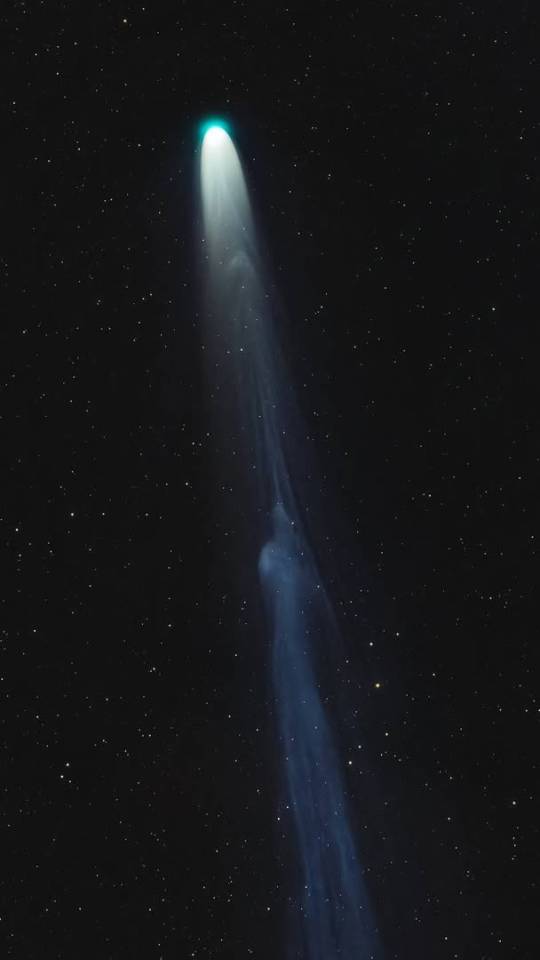Don't wanna be here? Send us removal request.
Text

How long it takes to fly to different objects in the solar system?
223 notes
·
View notes
Text
Maybe you should look at a picture of Campylomormyrus species and their electrical discharges and then you'll calm down

2K notes
·
View notes
Text
Y'all look at this goofy-ass teenage spoonbill trying to figure out what branches can actually bear his weight
8K notes
·
View notes
Text
Scientists have discovered a new phylum of microbes in Earth's Critical Zone, an area of deep soil that restores water quality. Ground water, which becomes drinking water, passes through where these microbes live, and they consume the remaining pollutants. The paper, "Diversification, niche adaptation and evolution of a candidate phylum thriving in the deep Critical Zone," is published in the Proceedings of the National Academy of Sciences. Leonardo da Vinci once said, "We know more about the movement of celestial bodies than about the soil underfoot." James Tiedje, an expert in microbiology at Michigan State University, agrees with da Vinci. But he aims to change this through his work on the Critical Zone, part of the dynamic "living skin" of Earth.
Continue Reading.
168 notes
·
View notes
Text
Crows are able to look at a handful of four-sided shapes and correctly distinguish those that exhibit geometric regularity from those that don't, according to a provocative new study. It's the first time a species other than humans has been shown to have this kind of geometric intuition, says Andreas Nieder, a cognitive neurobiologist at the University of Tübingen in Germany. "Claiming that it is specific to us humans, that only humans can detect geometric regularity, is now falsified," says Nieder. "Because we have at least the crow."
Continue Reading.
1K notes
·
View notes
Text

Hubble Captures a Mirrored Galaxy by NASA Hubble Space Telescope
This intriguing observation from the NASA/ESA Hubble Space Telescope shows a gravitationally lensed galaxy with the long-winded identification SGAS J143845+145407. Gravitational lensing has resulted in a mirror image of the galaxy near the center of this image, creating a captivating centerpiece. A third distorted image of the galaxy appears as a bridge between them.
165 notes
·
View notes
Photo

Fresh Tiger Stripes on Saturn’s Enceladus
Credits: Cassini Imaging Team, SSI, JPL, ESA, NASA
850 notes
·
View notes
Text
Please enjoy this delightfully ridiculous mating display from a Snowy Egret in peak breeding plumage. That signature gurgling call you can hear at the start of the video is one of my favorite noises in the animal kingdom! This is maybe the best time of year to go birding where I live as the swamps and wetlands are simply electric with activity and life. Everywhere you turn your head there is something remarkable to behold.
3K notes
·
View notes







